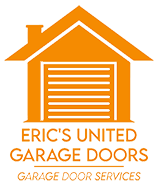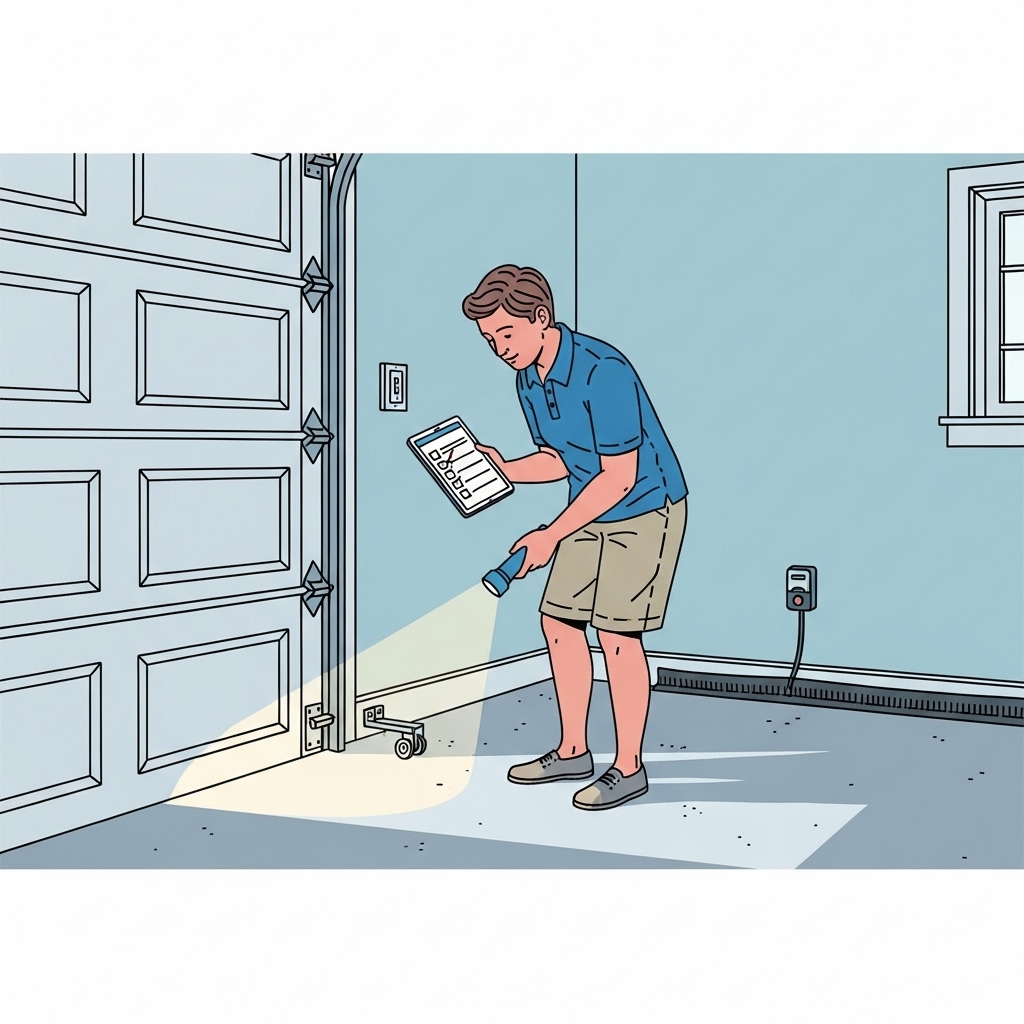Introduction
A thorough inspection checklist is the backbone of safe, quiet, and reliable garage door performance in Palm Beach County, Florida. Coastal air, summer storms, and high daily usage put unique stress on doors from Jupiter to Delray Beach and everywhere in between. A structured approach ensures you catch small issues before they lead to inconvenient breakdowns or safety risks. To help you keep your system in top condition, this guide lays out a comprehensive inspection process you can follow quarterly, with quick monthly spot checks in between. If you prefer professional help, consider partnering with a local team through a trusted garage door service so every component is evaluated with coastal conditions in mind.
This checklist is designed for homeowners who want clarity on what to look for and when to ask for expert assistance. It separates safe, visual tasks from items best left to trained technicians. Use it as a reference during routine care or as a pre-season preparation before the most active months of wind and rain.
Safety Principles Before You Begin
Start with safety. Disconnect power to the opener when you are inspecting close to the motor or adjusting control settings. Keep hands away from pinch points between door sections and hinges. Never loosen set screws or attempt to wind torsion springs; these components are under high tension and require specialized tools and training. Use a steady ladder, wear eye protection, and keep pets and children away from the work area.
Divide tasks into what you can see and touch without tools—like cleaning sensors, wiping tracks, and checking seals—and what requires calibration and tension adjustments. When in doubt, stop and schedule a professional evaluation. Safety is the first item on every checklist and the last thing you should compromise.
Exterior and Panel Condition
Inspect the panels for dents, cracks, blistering paint, rot, or delamination. Minor cosmetic issues may not affect function immediately, but they can let moisture in and accelerate corrosion or swelling. Confirm that the door closes evenly without visible gaps along the sides and bottom. Shade lines and sunlight can play tricks on your eyes, so check with the garage lights on and off.
Examine decorative hardware and windows if present. Loose handles or trim can rattle and add noise during operation. Ensure any glass inserts have intact seals and no fogging, which can indicate moisture intrusion that might spread to surrounding materials.
Tracks, Brackets, and Fasteners
Look for rust, pitting, dents, or debris in the vertical and horizontal tracks. Light surface rust can be cleaned and protected, but deeply pitted tracks may require replacement. Confirm that brackets are secure and that lag screws and bolts are tight to framing. Vibration from daily cycling can loosen hardware over time, leading to wobble and noise.
Verify that tracks are plumb and parallel with consistent spacing. If rollers rub or bind, do not force adjustments. Note the issue and request a professional alignment check. A square, true track system is essential for quiet movement and long component life.
Rollers and Hinges
Rollers should spin freely without wobble or flat spots. Nylon rollers reduce noise but still rely on healthy bearings. Steel rollers handle higher loads but are more susceptible to corrosion in coastal air. Replace cracked, chipped, or rough rollers promptly. Hinges should be intact with no cracks at the knuckles or fastener holes. Check for metal shavings, which signal wear at pivot points.
Apply a small amount of garage-door-rated lubricant to roller bearings and hinge pivots, then cycle the door to distribute. Avoid spraying tracks directly with heavy lubricants—rollers need a clean path to roll rather than slide.
Springs and Cables
Without touching or loosening anything, inspect torsion or extension springs for gaps in coils, rust, or deformation. Springs do the heavy lifting; when they are compromised, the opener strains and safety risks increase. Similarly, look at lift cables on either side of the door. Frays, kinks, or birdcaging indicate fatigue and imminent failure.
If you suspect an issue, stop using the door and schedule professional service. Spring and cable work is not a homeowner task. Technicians can measure cycle life, match replacement parts, and calibrate tension safely.
Opener, Drive System, and Mounts
Inspect the opener for secure mounting and signs of vibration. Check the drive system—chain, belt, screw, or direct-drive—for proper tension and lubrication per manufacturer guidance. Listen for unusual motor noise. Verify that the header bracket above the door is solid and the emergency release cord is intact and accessible.
Power outages and surges are common during storms. If your opener has a battery backup, test it periodically and replace the battery according to the manual. Confirm that the opener’s light lens is intact and that bulbs are the correct type to avoid interference with remote signals.
Photo Eyes and Safety Systems
Photo-eye sensors should be aligned with each other at the same height, typically within six inches of the floor. Clean the lenses gently with a soft cloth; dust and salt film can confuse the beam. Test the non-contact reversal by waving an object through the beam while the door is closing. Then test contact reversal with a small, flat piece of wood on the threshold to ensure the door reverses upon contact.
Review the opener’s force and travel settings briefly. If the door struggles or slams, do not increase force to mask the problem. Note the symptoms and consult a technician. Safety systems work best when the underlying mechanical operation is sound.
Balance and Manual Operation
Disconnect the opener and lift the door to the halfway point. A properly balanced door will hover without rising or falling. If it drifts, the springs need professional adjustment. Manually open and close the door to feel for smoothness. Binding, scraping, or sudden changes in resistance point to track misalignment, worn rollers, or debris.
Practicing manual operation is useful for storm readiness. If power fails, you should be able to use the release and operate the door safely. If it feels too heavy, do not force it—schedule a professional balance check.
Seals, Threshold, and Water Management
Inspect the bottom seal for cracks, flattening, or gaps. Side and top seals should be flexible, not brittle. In Palm Beach County, wind-driven rain can blow past compromised seals, leading to moisture, sand, or pest intrusion. Replace worn seals promptly to protect stored items and improve comfort if the garage shares walls with living spaces.
Check the threshold for levelness and clean away built-up sand or leaf debris. A clean, even contact line helps the bottom seal work correctly and reduces drafts and water infiltration.
Corrosion Control and Cleaning
Salt air accelerates rust on tracks, fasteners, and springs. Wipe metal components with a slightly damp cloth and dry them thoroughly. Apply a light protective lubricant to moving metal parts, avoiding over-application that attracts dirt. For doors with painted steel panels, wash gently with mild soap and water, rinse, and dry completely. Touch up chips to prevent rust spread.
Preventive cleaning is a simple way to extend hardware life between tune-ups. Establish a routine after particularly windy or rainy weeks when salt and grime can accumulate faster.
Seasonal and Storm Readiness Checks
Before storm season, verify that reinforcement struts are intact and that all hardware is tight. Confirm that your door meets local wind-load requirements and that tracks and brackets show no signs of fatigue. After major weather events, perform a quick re-inspection for misalignment, new noises, or seal damage.
Ensure you know how to use the manual release safely and that you have clear access to it. Keep emergency contact numbers handy and consider a smart opener that can alert you if the door is left open as storms roll in.
Documentation and Service Records
Maintain a simple log of inspections and any work performed. Record dates, observations, parts replaced, and technician recommendations. Documentation helps spot patterns and supports warranty claims on components such as springs or openers.
A service history also streamlines future visits. Technicians can make faster, more precise adjustments when they see the evolution of your door’s performance and the environment it operates in.
When to Call a Professional
If your inspection reveals frayed cables, broken or gapped torsion springs, persistent misalignment, or recurrent sensor faults, stop DIY efforts. These issues require specialized tools and training to resolve safely. Likewise, if the door fails the balance test or continues to reverse unexpectedly, professional calibration protects both the system and your household.
Coastal conditions amplify wear, so err on the side of caution. Engaging a local expert ensures parts are sized correctly, hardware is corrosion-resistant, and alignment is verified under load.
FAQ
Q: How often should I perform this inspection checklist? A: Quarterly is ideal in Palm Beach County, with quick monthly checks for noise, balance, and sensor cleanliness.
Q: What lubricant should I use on rollers and hinges? A: Use a silicone or lithium-based product labeled for garage doors. Avoid heavy grease in tracks; rollers need to roll, not slide.
Q: Can I straighten a bent track myself? A: No. Tracks need precise alignment under load. Bending by hand can worsen the issue and compromise safety.
Q: Why does my door reverse for no reason? A: Dirty or misaligned photo eyes, binding tracks, or overly sensitive settings can trigger reversal. Clean sensors and schedule an alignment check if the issue persists.
Q: How do I know if my door is balanced? A: Disconnect the opener and lift to mid-height. The door should hover. If it moves significantly, springs require professional adjustment.
Q: Should I replace steel rollers with nylon? A: Nylon rollers reduce noise and often perform well in attached garages. Choose models with sealed bearings for coastal resilience.
Q: Do wind-load ratings affect inspection needs? A: Wind-rated doors still rely on healthy hardware. Regular checks ensure struts, tracks, and fasteners are ready when winds rise.
Ready to Keep Your Door at Its Best
Following a clear, repeatable inspection process protects your home, saves time, and maintains quiet convenience. If you prefer expert eyes on the details—from balance tests and safety checks to corrosion control—schedule a local appointment and enjoy confidence in every up-and-down cycle. For a complete, climate-aware tune-up that aligns with Palm Beach County standards, book a professional garage door service and keep your system prepared for the seasons ahead.

